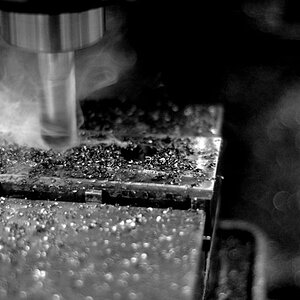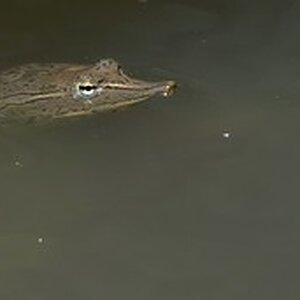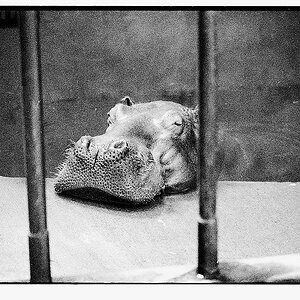Navigation
Install the app
How to install the app on iOS
Follow along with the video below to see how to install our site as a web app on your home screen.

Note: This feature currently requires accessing the site using the built-in Safari browser.
More options
You are using an out of date browser. It may not display this or other websites correctly.
You should upgrade or use an alternative browser.
You should upgrade or use an alternative browser.
Home-Made Flash
- Thread starter TMuhammad
- Start date
unpopular
Been spending a lot of time on here!
There used to be a very comprehensive website on this topic. This isn't really a beginner's project. Even with relatively small strobes, you'll be dealing with quite a lot of voltage.
ETA:
That Kodak MAX Flash seems a little bit scary. I don't think you'll electrocute yourself or anything like that, but you might do some damage to your equiptment if something goes wrong... D1 should prevent too much disaster, if I'm looking at it right. But you still might want to put in some kind of physical isolation at S2.
It might be perfectly safe, I'm not an engineer. But I wouldn't want to put something I built from that schematic on my camera.
ETA:
That Kodak MAX Flash seems a little bit scary. I don't think you'll electrocute yourself or anything like that, but you might do some damage to your equiptment if something goes wrong... D1 should prevent too much disaster, if I'm looking at it right. But you still might want to put in some kind of physical isolation at S2.
It might be perfectly safe, I'm not an engineer. But I wouldn't want to put something I built from that schematic on my camera.
Last edited:
Horngreen
TPF Noob!
- Joined
- Oct 29, 2011
- Messages
- 40
- Reaction score
- 2
- Location
- Oklahoma City
- Can others edit my Photos
- Photos NOT OK to edit
http://www.youtube.com/watch?v=_mxosDz8678
flash powder!
flash powder!
SCraig
Been spending a lot of time on here!
- Joined
- Nov 12, 2011
- Messages
- 6,474
- Reaction score
- 2,450
- Location
- Nashville, TN
- Website
- sc-photo-tn.com
- Can others edit my Photos
- Photos NOT OK to edit
I'm not an engineer either but I used to tinker with electronics a lot.There used to be a very comprehensive website on this topic. This isn't really a beginner's project. Even with relatively small strobes, you'll be dealing with quite a lot of voltage.
ETA:
That Kodak MAX Flash seems a little bit scary. I don't think you'll electrocute yourself or anything like that, but you might do some damage to your equiptment if something goes wrong... D1 should prevent too much disaster, if I'm looking at it right. But you still might want to put in some kind of physical isolation at S2.
It might be perfectly safe, I'm not an engineer. But I wouldn't want to put something I built from that schematic on my camera.
The circuit should be relatively safe since the triggering is being done through a coil. I'm sure Kodak thought it out pretty thoroughly, and it appears that the high-voltage side is isolated from the trigger circuit by the coil itself.
I would recommend a diode place in series with the trigger though. When the field in a coil collapses it can induce a high-voltage spike back into the opposite side of the coil. A simple diode will prevent that from damaging anything.
Similar threads
- Replies
- 9
- Views
- 238












![[No title]](/data/xfmg/thumbnail/32/32926-ec27ecead8c80d803404500d8f888dbf.jpg?1619735754)

